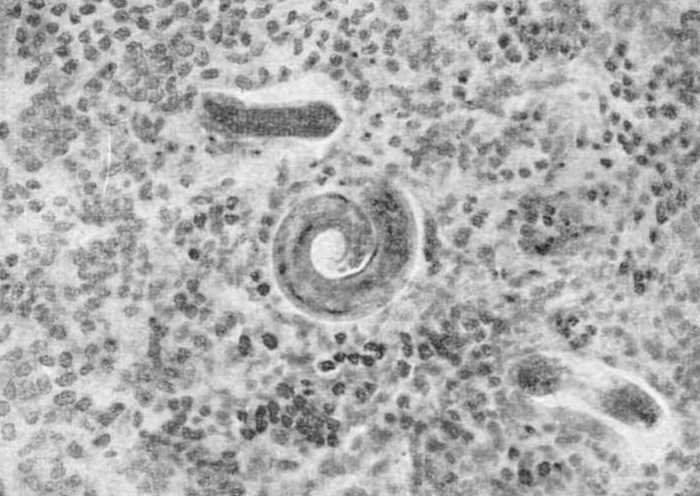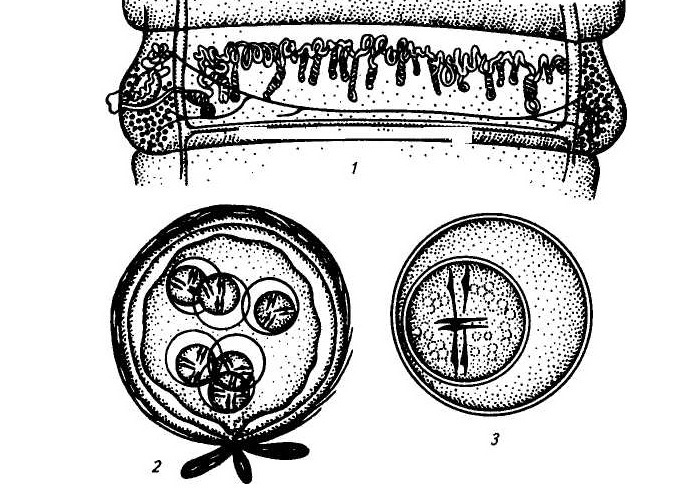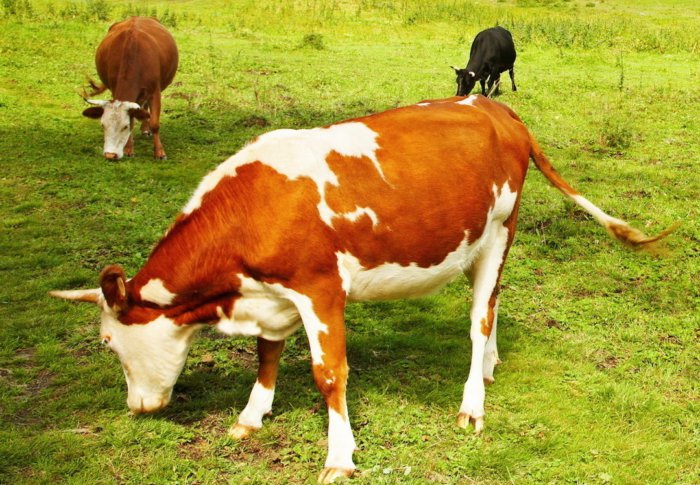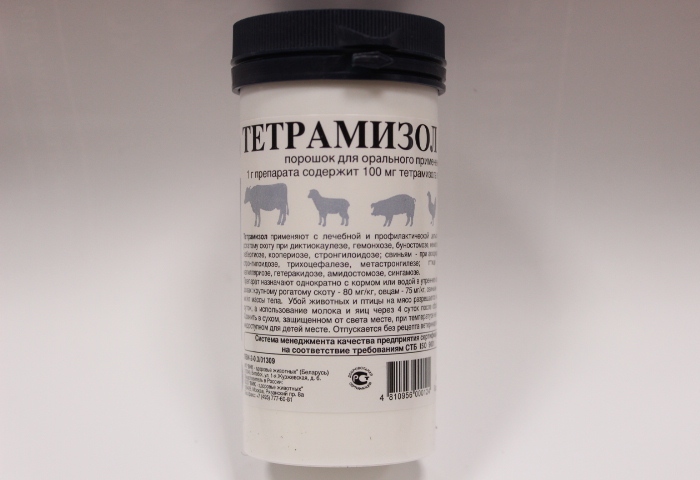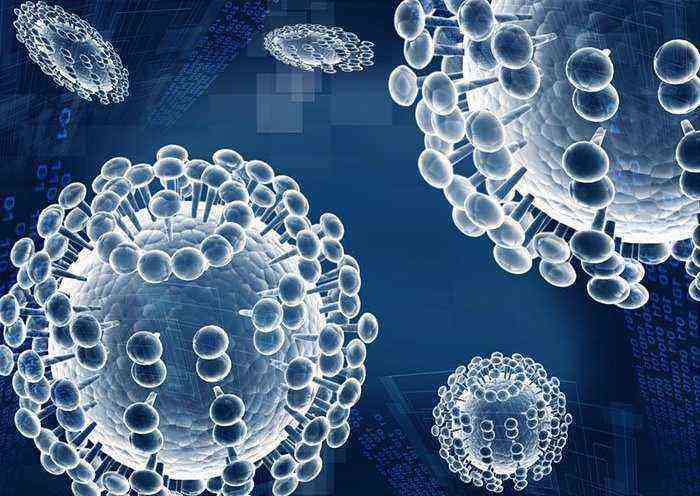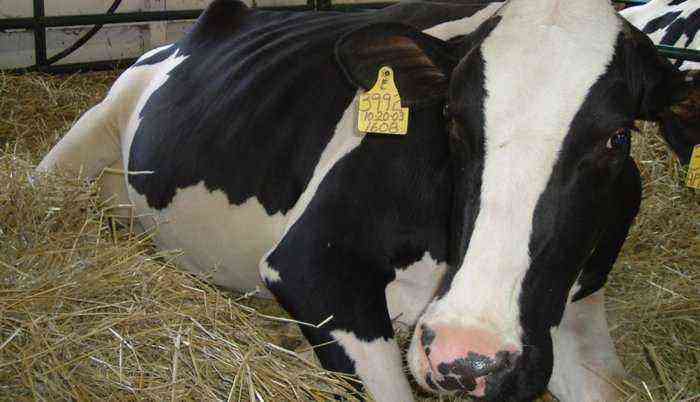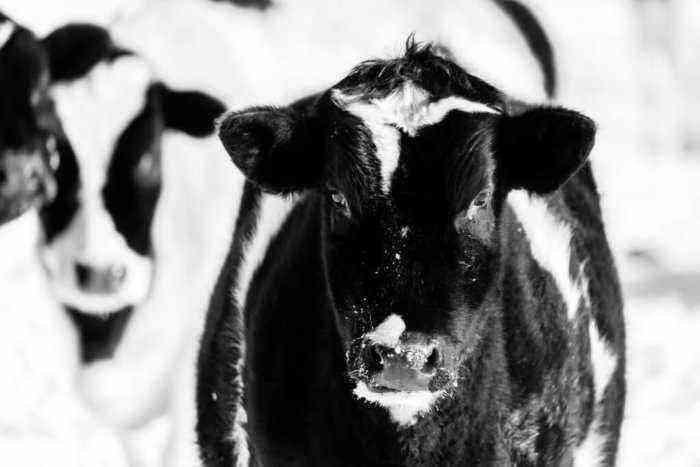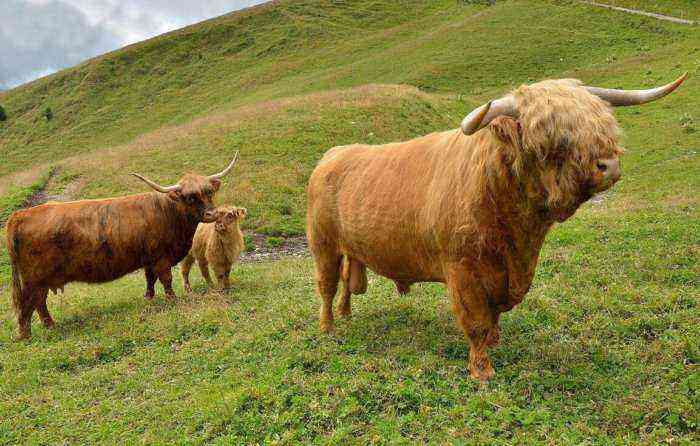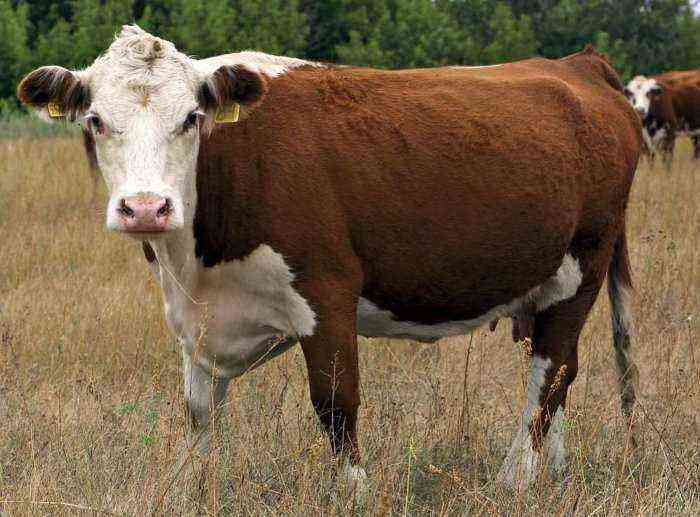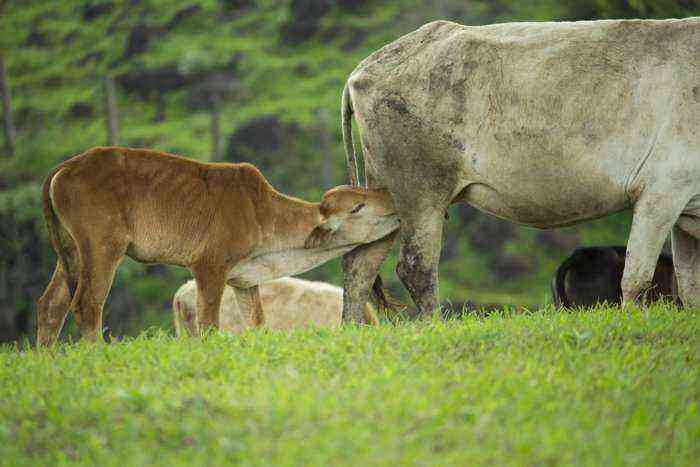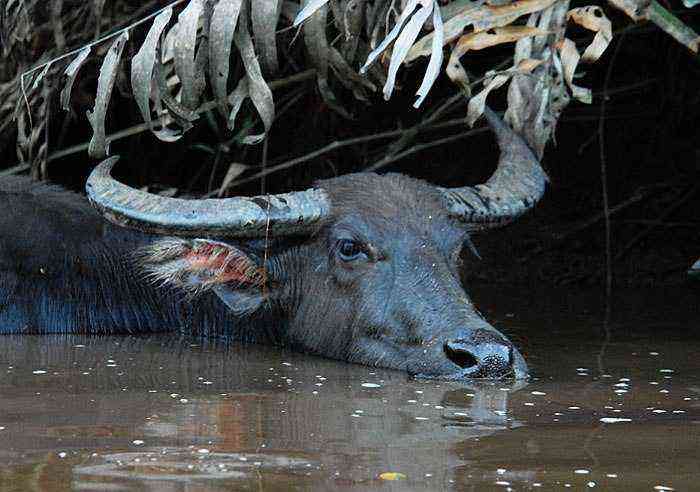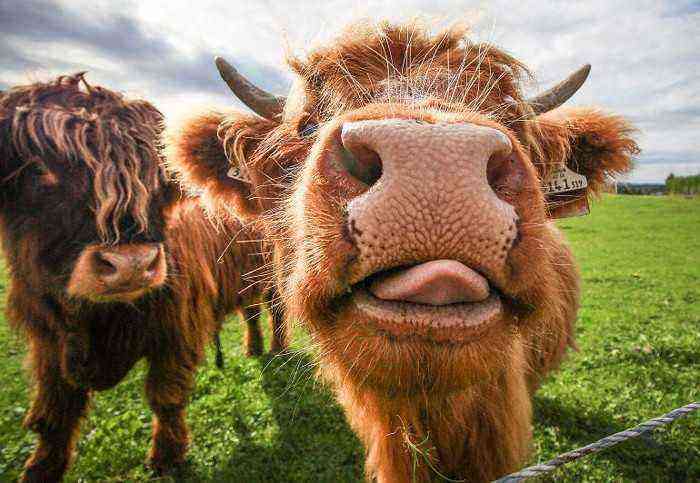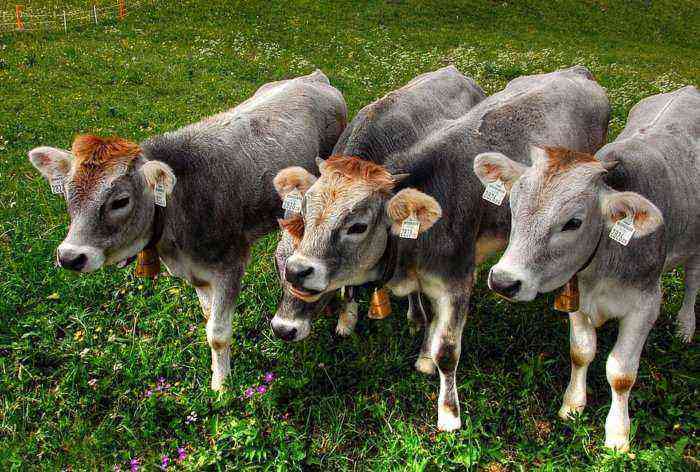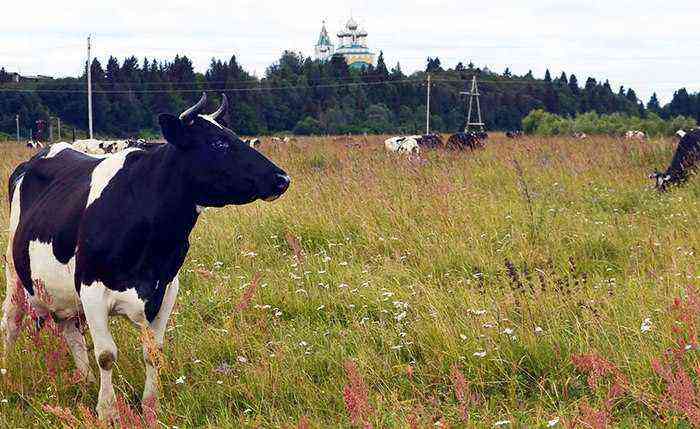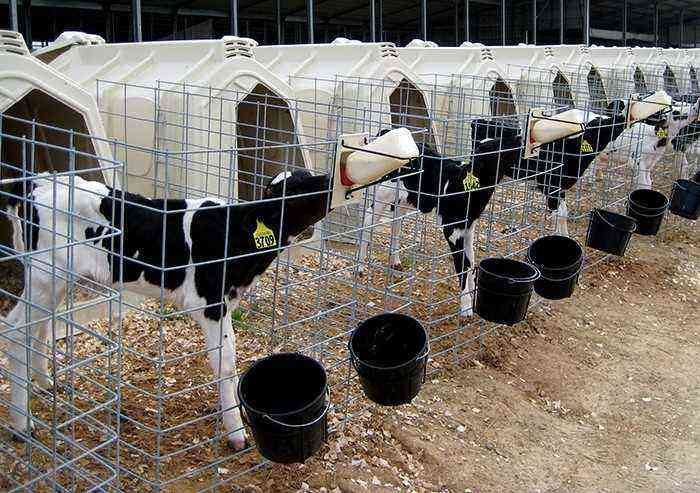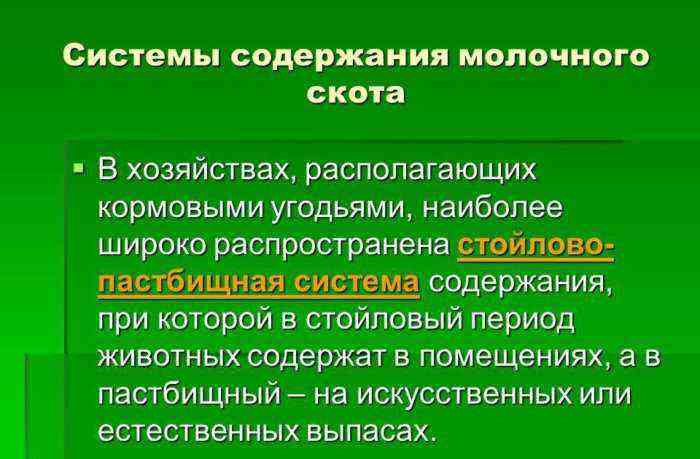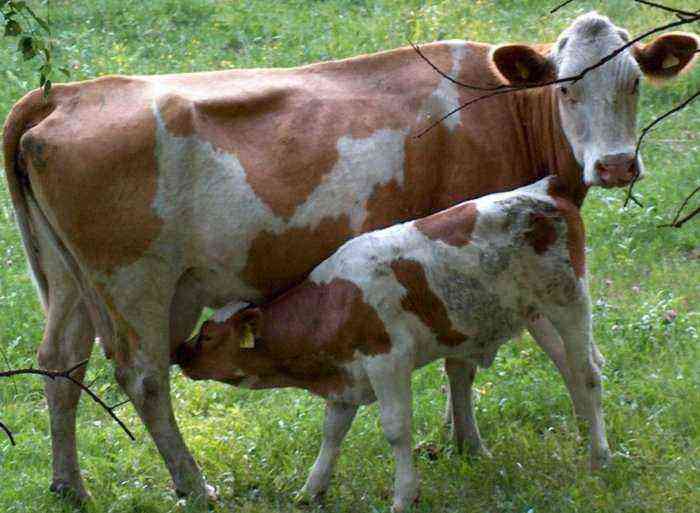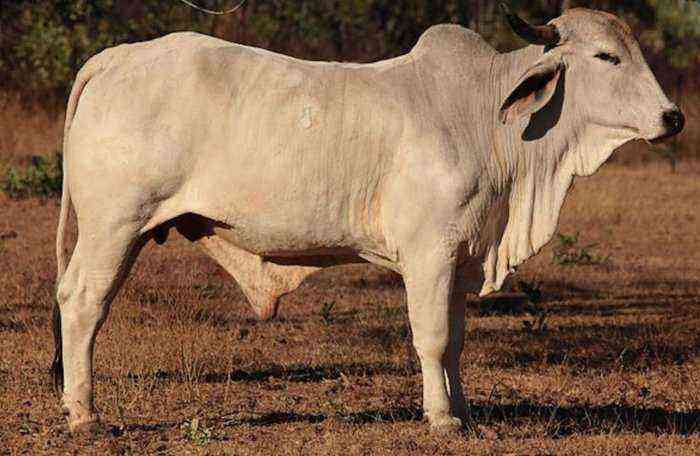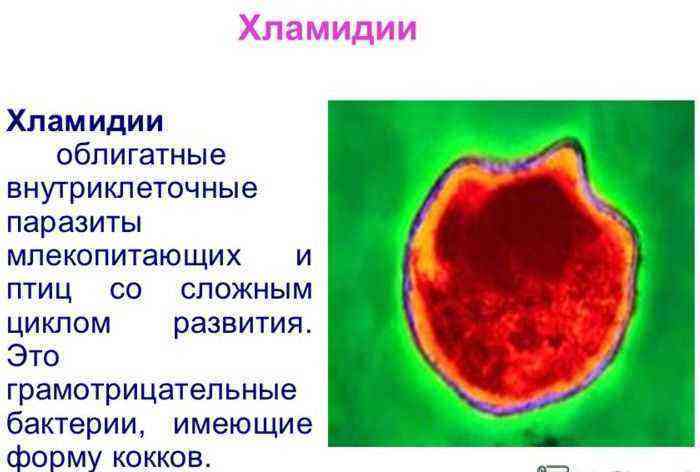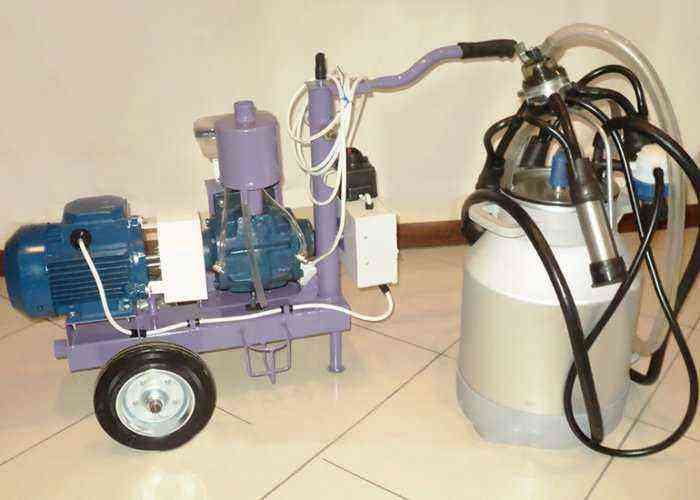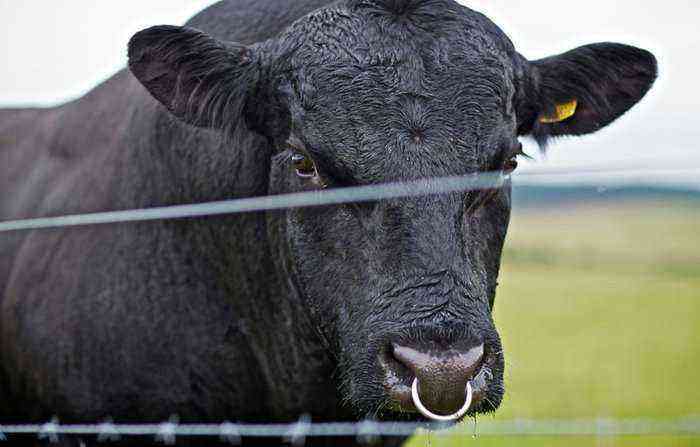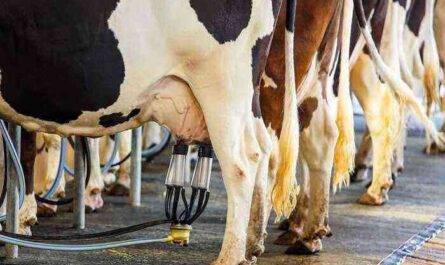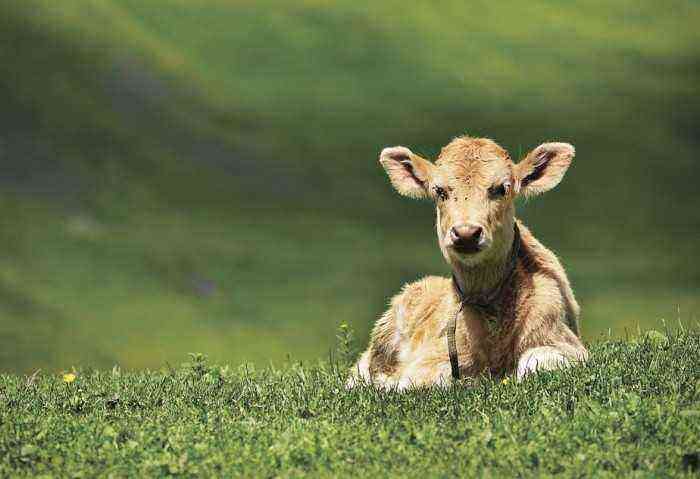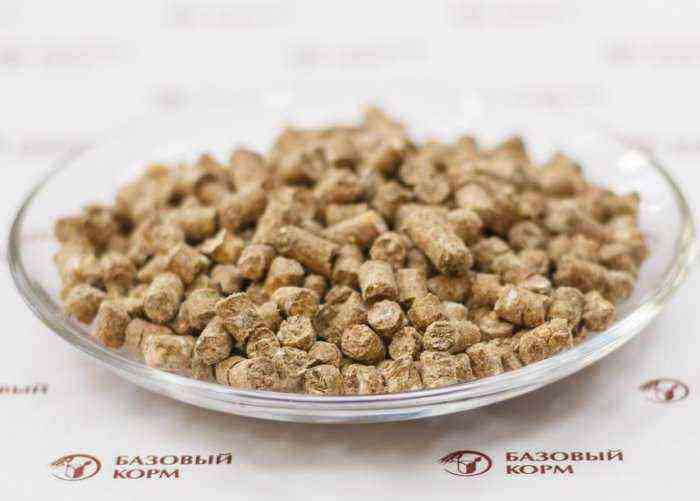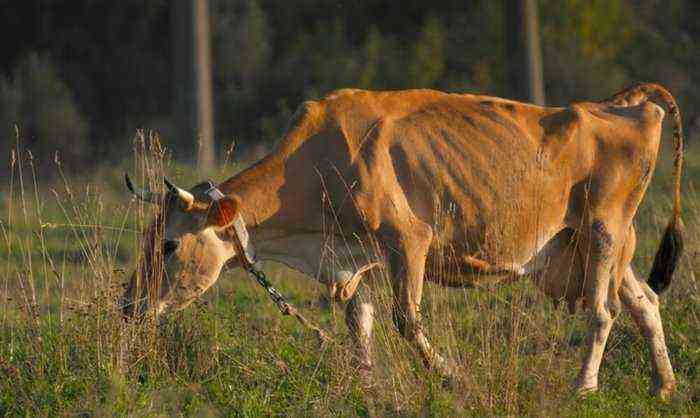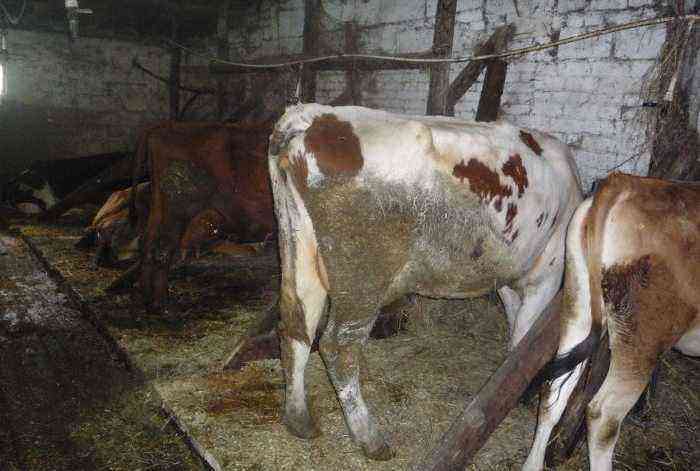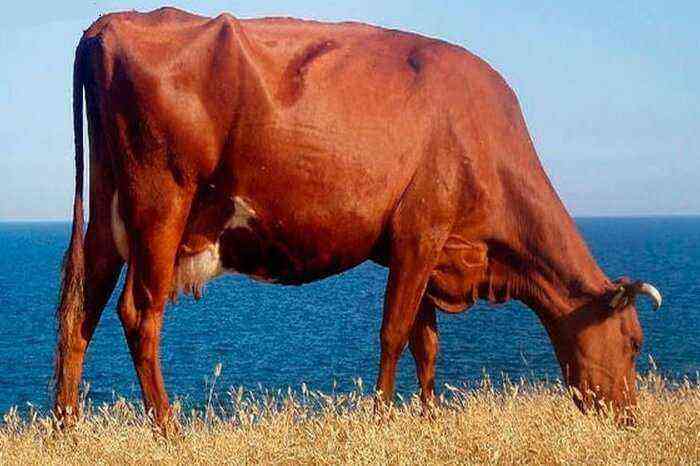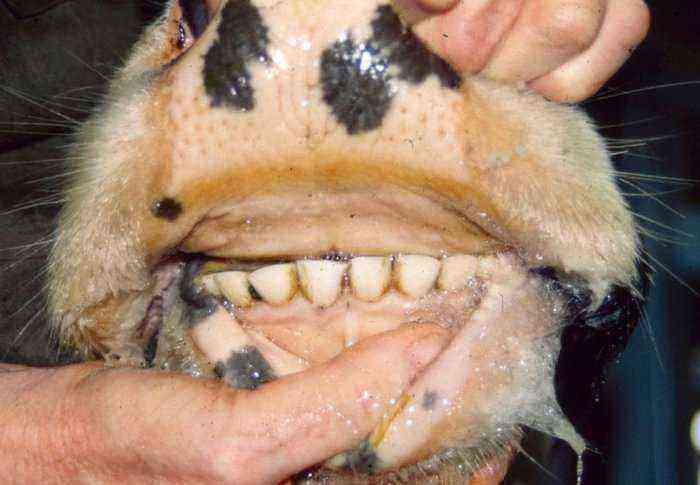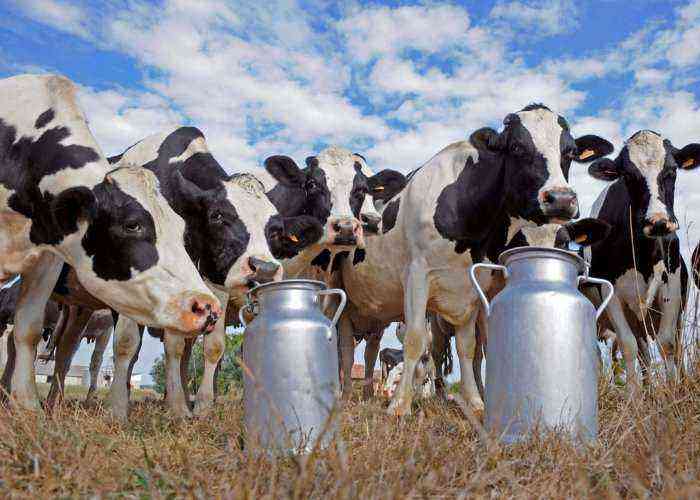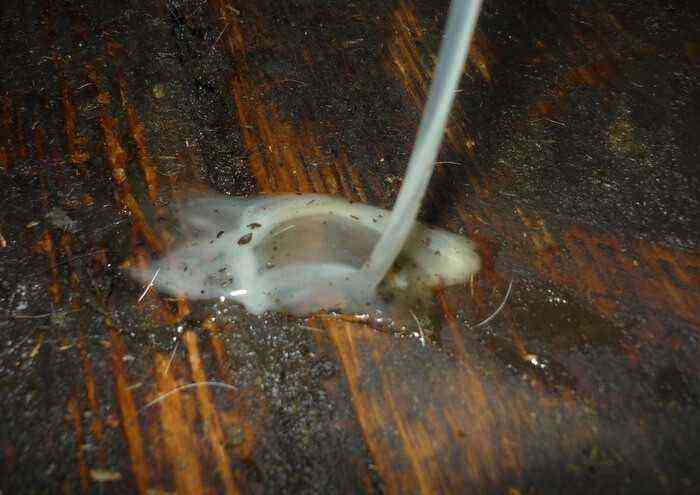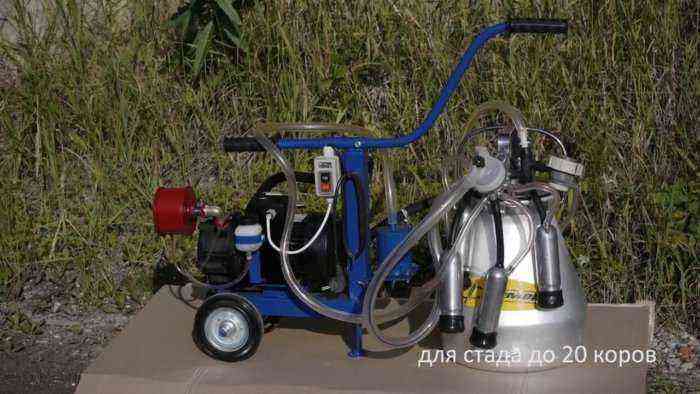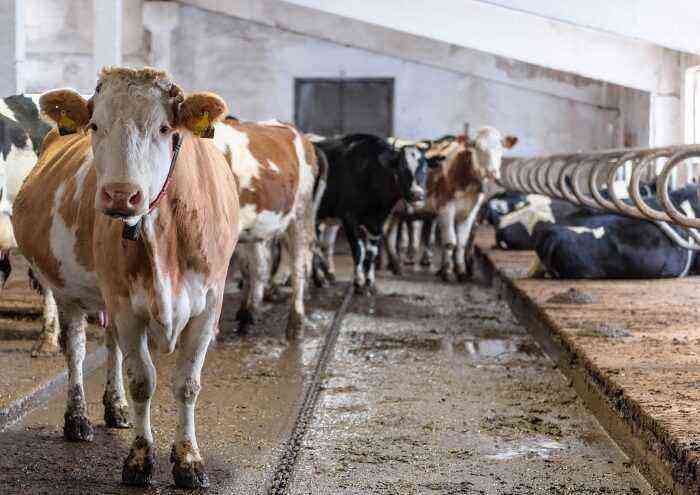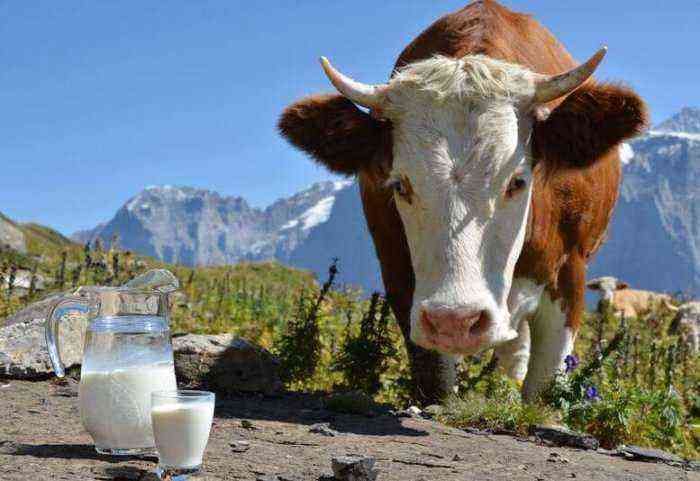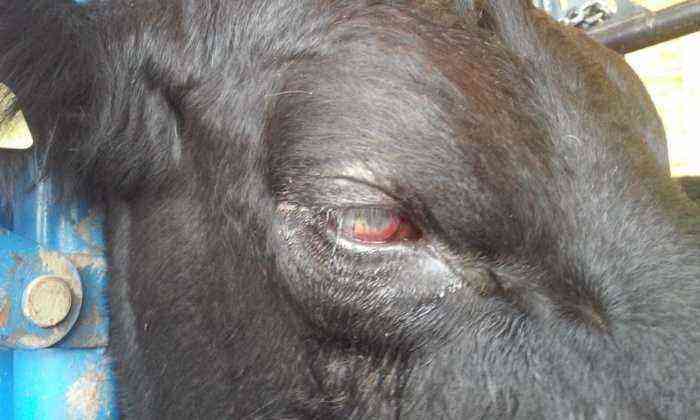Worms in cows are as common as in other animals. They are dangerous because they lead to a decrease in milk yield, depletion of the body, and sometimes the death of a significant part of the herd. Worm infestations have a special effect on young animals. This article will discuss the types of worms in cows, ways of infecting animals, symptoms, as well as methods of treating helminthiasis.
Worms in cows
Types of helminthiases
There are many varieties of helminthic invasions. Parasites can live in animals in the intestines, in the lungs, under the skin, in the eyes. Consider the main types of helminthiases and their manifestations:
- Dictyocaulosis.
- Moniesiosis.
- Echinococcosis.
- Fasciolosis.
- Tizaniezioz.
- Telaziosis.
- Cysticercosis.
- Ascariasis.
All these diseases are caused by various parasites and manifest themselves in different ways. Consider briefly listed types of helminthiases.
Dictyocaulosis
This disease is caused by respiratory nematode roundworms that affect the lungs, bronchi and trachea. Helminths enter the body through the skin, as well as when eating contaminated food during a watering place from puddles or polluted reservoirs. Among the main symptoms of the disease are coughing, exhaustion, loss of appetite, and difficulty breathing.
Dictyocaulosis
Moniesiosis
Moniesia parasitize in the small intestine of cows and calves. KRS is their final owner. Adult individuals can reach several meters in length, and their thickness varies within 3-4 cm. Infection usually occurs when cow mites are eaten, which act as an intermediate host of parasites. Ticks contain moniesia larvae inside their bodies. Symptoms of the disease are manifested by swollen lymph nodes, digestive disorders or blockage of the intestines.
Echinococcosis
This disease is caused by larvae of echinococcus cestodes, which parasitize in the liver, lungs and other organs, where the parasites cause tissue atrophy. The symptomatology of the disease depends on the location of the helminths. If they settled in the organs of the respiratory system, shortness of breath, cough appears. If in the liver, then there are obvious disorders in the work of digestion – constipation, diarrhea. Calves have a reduced appetite. Sometimes this disease leads to peritonitis.
Fasciolosis
Fasciola is a genus of parasites that includes three types of helminths. They parasitize in the liver and stomach of animals. Infection is possible on pastures, on a watering place. Symptoms – cows lose their hair, the digestive system is disturbed, the stomach stops, the mucous membranes become yellow. Blood test shows anemia.
Tizaniezioz
Thysaniezia live in the small intestine of calves and adult cows. Their body reaches a length of 5 meters, and the width of the segments is two centimeters. Animals are infected on pastures. Symptoms of the disease are lethargy, loss of appetite, diarrhea, convulsions, poor orientation in space and other nervous disorders, increased salivation.
Tizaniezioz
Telaziosis
This disease is caused by thelazii biohelminths. They have intermediate hosts, which are cowflies. The larvae enter the eyes of cows, crawling out of the body of the insect, and settle there, turning into adults. This type of helminthiasis is seasonal, outbreaks of the disease are recorded during the flight of flies. Symptoms of thelaziosis are tearing, inflammation of the eyes, ulcers on the cornea, blindness.
Cysticercosis
This type of helminthiasis occurs in cows without any visible symptoms. The source of infection is a person who releases mature segments into the environment. When eating infected grass, these helminths penetrate into the intestines of animals and parasitize there. With a strong spread in calves, the temperature may rise, and convulsions also occur.
Neoascaridosis
This disease is caused by large nematodes that live in the small intestine of cattle. Calves are predominantly affected. Infection occurs in the womb when the larvae migrate through the bloodstream through the placenta. The second way is through mother’s milk. Symptoms of helminthiasis in young animals are manifested by general intoxication, edema, and impaired intestinal activity. Calves have diarrhea, bloating, colic, perverted appetite. Sometimes seizures happen.
How does the infection occur?
Indirectly, the ways of infection with helminths of cattle have already been mentioned – most often this happens on pastures. Cows eat grass, which may contain larvae or eggs of parasites.
Cows eat grass that may have larvae
During the flight of insects, cowflies spread larvae of calves. At the watering place, animals can also become infected with helminthiasis. Especially dangerous is stagnant water in polluted reservoirs. The source of the disease is sometimes domestic animals – dogs, cats.
Attention! Hay may contain manure residues with worm larvae.
Signs of infection in calves
Finding worms in calves is easier than in adults. In young animals, the symptoms of the disease are more pronounced. Consider them:
- Loss of appetite.
- Wasting, poor weight gain.
- Lethargy, symptoms of intoxication.
- Digestive disorders – diarrhea, constipation.
- Bloating.
- Colic.
- Stopping digestion (atony of the stomach).
- Cough, difficulty breathing (if parasites have invaded the respiratory system).
- Salivation (with some types of helminthiases).
- Convulsions, nervous disorders.
- Tearing, inflammation of the cornea, ulcers (with thelaziosis).
Attention! Some symptoms of helminthiasis can be similar to other diseases, so you need to consult a veterinarian to make an accurate diagnosis.
Treatment
Treatment of helminthiasis is carried out with the help of anthelmintic drugs. Consider the list of drugs:
- Alvet (albendazole). It is used to treat various types of nematodes, cestodes and trematodes, it acts on both larvae and adults. Absorption of the drug occurs in the intestines, from where it is absorbed into the blood and then penetrates into the tissues of the whole body.
- Alben (an analogue of the drug mentioned above), in the composition of the same active ingredient – albendazole.
- Flubendazole. Active against most types of nematodes.
- Tetramisol. It is active against nematodes that parasitize in the intestines and respiratory organs.
Tetramizole
Preparations for the treatment of helminthiases in cows and calves are recommended to be given to a sick animal twice with the time interval specified in the instructions. The dosage is calculated based on the body weight of the animal.
Attention! If an individual is found in the herd, in which worms are diagnosed, then the rest of the animals also need to be treated for helminths.
Prevention
The following preventive measures will help to avoid infection of the herd:
- Thorough cleaning in the barn, disinfection of feeders and drinkers.
- Periodic deworming of the entire herd (carried out twice a year).
- Pasture change.
- Walking of young animals is carried out separately from adult cows.
- It is unacceptable to graze cows together with sheep, which are often infected with various tapeworms.
- Preparation of pure high-quality hay for animal feed.
Undoubtedly, the main preventive measure is the deworming of the entire livestock. This is a mandatory measure that gives good results.
Worms can cause great harm to cows – they deplete the body, poison it with waste products, cause anemia, nervous and intestinal disorders. In advanced cases, livestock may die due to parasitic worms. The danger lies in the fact that some helminthiases are transmitted to humans. That is why it is worthwhile to deworm the livestock in time and pay attention to the alarming symptoms of infection.
